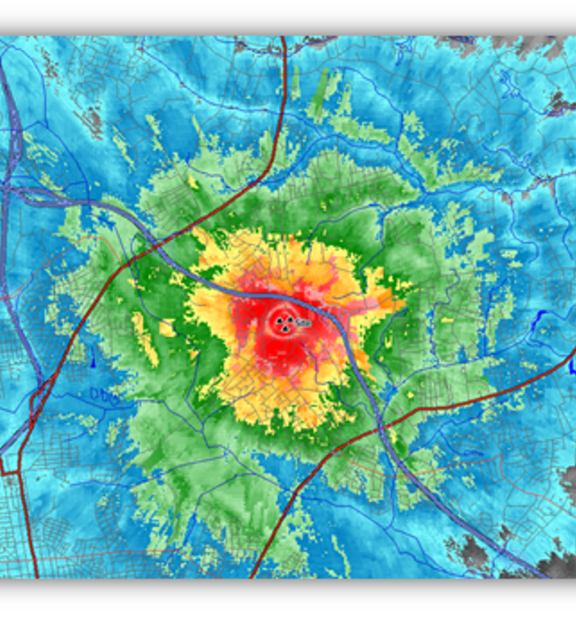The mobile market is very competitive. On top of that, operators must also deal with technical and financial challenges. LTE has been adopted quickly around the world to meet growing mobile data demand and spectrum shortages. But, GSM/EDGE continues to be the technology with the largest footprint worldwide, and WCDMA/HSPA is expected to make up the majority of all subscriptions in 2020, with around 4.4 billion subscriptions, compared to around 3.5 billion LTE subscriptions.
The growing mobile data demand is fueled by video viewing, and it is now estimated to make up 55 percent of the data traffic. With the uptake of smartphones with larger screens and higher resolutions as well as connected tablets, this trend will only continue — mobile data is expected to grow ten times between 2014 and 2019. During the same period, revenues are expected to only grow by 18 percent on average.
In addition to high data consumption, mobile subscribers expect a good quality of experience (QoE). According to a recent survey, 75 percent of mobile operators regard network quality and coverage as a primary competitive differentiator. Mobile operators are, therefore, looking for ways to cost-efficiently improve network capacity and network performance to avoid churn — this is especially important in saturated mobile markets.

To effectively ensure a good QoE for subscribers and maximize the impact of every network investment, mobile operators need an up-to-date view of the network and the ability to accurately analyze and compare different deployment scenarios. The accuracy of propagation modeling has a direct impact on the outcome: both on which scenario to select and on how the network scenario can be optimized in order to maximize network capacity, coverage and network performance. This translates directly into decreased CAPEX and OPEX.
The calibration of propagation models is often required when deploying in new frequency bands and in new geographic areas. But there are also other situations when you need to consider the accuracy of your propagation model, for example, if you replace mapping data with more recent data or data with higher resolution, or if your current model is tuned for macro cells with high antennas and you should deploy smaller cells with lower antenna heights. You also need to consider how reusable propagation models are and how to assign the optimal tuned propagation model to all cells in your project correctly.
Mobile operators rely on RF propagation modeling in many situations in their daily operations, and a proper propagation model strategy should save costs and enable improved network performance through better network decisions. A propagation modeling strategy should take into account:
- Current and upcoming network strategies and technology options
- Frequency bands
- Geographic areas and environments
- Mapping data
- Accuracy goals
- Budget and time constraints
A complete propagation modeling strategy should at least include:
- Types of models to use
- Number of tuned models
- Data collection approach
- Propagation signatures for optimal cell assignment
- Required mapping data upgrade
- Budget and time plans
The typical goal for a propagation modeling strategy is to create robust, accurate models that can be reused in broad areas and maintained.
InfoVista has more than 20 years of expertise in RF propagation modeling. We use our long-standing experience within the area to deliver cost-efficient propagation modeling services to our customers. Interested in learning more about how to preserve costs and improve network performance with the right propagation model strategy? Visit our website here to learn about Model Tuning, or connect with me on LinkedIn to discuss further.



